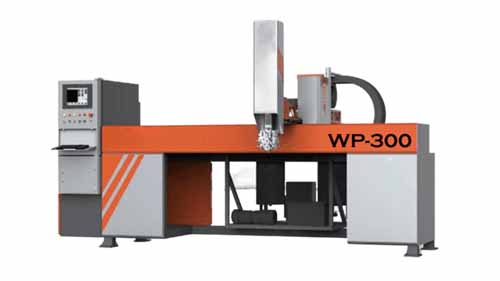
Speed is everything when it comes to automation. It is one of the sole reasons why manufacturing robot companies switch to industrial robots in the first place. Robots are faster and much more accurate than human beings, they get more things done faster, and this speeds up production. But exactly how fast are they? Do all the types of robots move at the same speed, or are some faster than others?
We will be looking at all the main types of robots, evaluating their speeds to determine why they are best suited for the roles they deal with and the improvements that can be done to make things even faster. This is for those that may have been contemplating automating their business but have no idea what to go for. The following is a detailed analysis of how each robot type holds up when it comes to speed.
Table of Contents
Palletizing Robot Arms
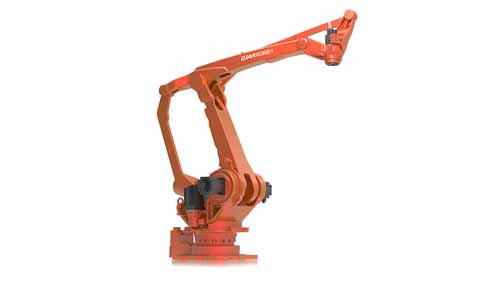
Palletizing robots usually handle the shipping of finished products in the manufacturing space as pick and place robots. They are essential to a high-speed system as they are used to clear the backlog of products as they happen. For this reason, a palletizing robot arm has to be very fast on top of being able to handle heavy loads without damaging them. They have to be installed in an area with enough space to give them the most freedom of movement.
Their ability to handle the loading, unloading, disassembly, and placement process is vital, and this is why palletizing robots have to be very fast. They have to be a step ahead of the other machines. A slight delay in loading finishes products or delivery will lead to a backlog of items, and this will create a butterfly effect that will impact the other parts of production.
Features
High-speed robotic arms
Low power consumption
Highly versatile
Good for repeatable processes
Can handle heavy payloads
Long arm span
SCARA Robot Arm
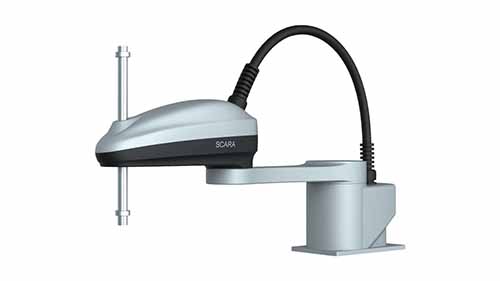
SCARA robots are probably the fastest industrial robots you can ever come across in the manufacturing line, and this is why they are one of the most common industrial robots. They are flexible, compact, and versatile enough to be used for a variety of roles like pick and place, palletizing, packaging, and assembly. The SCARA robot comes in many sizes and can be customized depending on what your manufacturing needs are.
Owing to how fast they are, a SCARA robot arm is put through a structure testing process to ensure that there are less errors in their operations once they are put on the factory floor. It is also the same reason why they cost slightly higher than most of the other robotic arm types. They are highly animated and can operate with a 360 degrees envelope making them the most ideal multitaskers.
Features
Highly repeatable tasks
High-speed movements
Accuracy
Small but efficient
It can be customized to handle heavy loads
Welding Robot
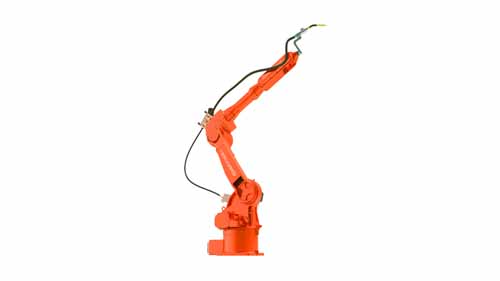
This is another robot type that relies on speed and accuracy to get things handled. Welding is one of the heaviest tasks in the manufacturing process, and for this reason, it entirely depends on industrial robots. Welding is particularly essential in car assembly plants, where they handle the joining of all the parts of the car. These parts are heavy, and they have to be moved along the line as quickly as possible while maintaining the accuracy.
When compared to other robotic types, welding robots are not as fast as SCARA or palletizing robots, but when compared to the speed exhibited by human workers, then they are many times faster. Other advantages of using welding robots are their flexible installation; although they are bigger than most of the other robots, their lack of mobility is compensated for by the use of highly flexible robotic arms that can turn in any direction.
Features
High accuracy levels
Increased efficiency
Handles heavy loads
Decent speeds
Produces less waste
CNC Robot
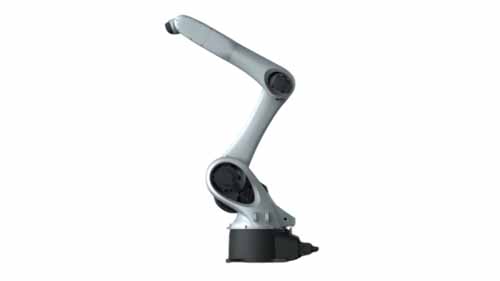
When it comes to repetitive tasks, CNC robots are your best bet. They are designed with flexibility in mind and can do the same tasks over and over again, reproducing the same results without missing a beat. This is the reason why a CNC robot arm is preferred in manufacturing industries that deal with high volumes of products. They are also highly versatile and can be utilized in welding, logistics, palletizing, assembly, and machine tending.
CNC robot arms are also among the most highly advanced of robot arms, and they can be customized to suit your needs. CNC robots also come in varying sizes, and they can handle the most minute tasks to handling the heaviest of loads when it comes to palletizing. As far as speed is concerned, it all depends on the task you are using a CNC robot for. Those that are used for packaging and palletizing are much faster than CNC robots used in welding.
Features
Versatile
High speed
Multitasking
Machine Tending
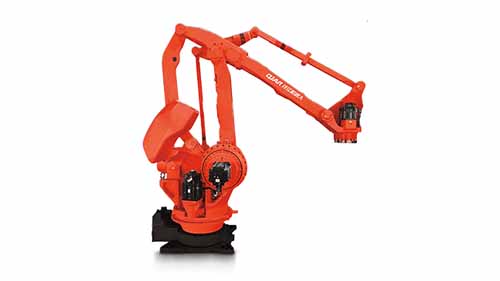
Machine tending is the princess where robots are used to tend to machines, ensuring that they are running smoothly with minimal supervision from human beings. It is a concept that has been around for years and is getting better as time progresses. Machine tending robots reduce cycle times, and this saves the manufacturing plant valuable resources like money and time, resources that can be directed to other areas for better efficiency. The robots usually deal with roles like tending to other automated machines like injection molding, press breaks, stamping, among many others.
Speed-wise, machine tending robots can be considered to be the slowest, and this is due to the nature of their work. They have to take their time running diagnostics on other machines to ensure that they are running smoothly without any hiccup.
Features
Moderate speeds
High accuracy
Repeatability
High payload capacity
Why Speed is Important
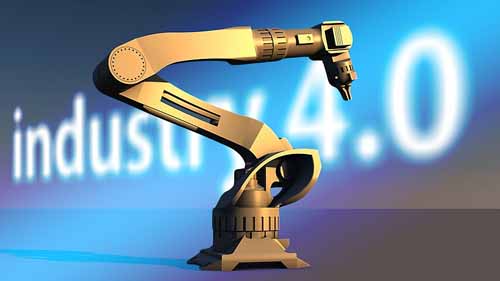
Source: Pixabay
You may be asking yourself why speed in industrial robot types is such a big deal. There are perfectly good explanations for that. For starters, speed ensures that production is increased significantly, and this ultimately boosts production, meaning the profits will be higher, leading to better pay for all the staff. Increased production, thanks to high-speed robots, also ensures that demand is met.
As human populations increase, the demand for goods and services is increasing, and at times, the demand outstrips the supply. To counter this, automating the manufacturing process is the only solution as it increases the rate of production many times over.
Conclusion
The manufacturing industry is growing rapidly, and automation is at the core of this growth. As demand for goods and services grows and the pressure from competition increase, many companies are turning to technological innovation to keep pace with the pace of production. It would be considered an economic suicide for a manufacturing business to disregard automation in favor of using human labor; that’s the fastest way to lose out on the trends.
If you have been contemplating getting into the manufacturing business but are a little lost on what to start with, feel free to visit our website or get in touch with us when you have the time. You will be served by a team of highly qualified experts who will address all your questions and concerns to your utmost satisfaction.
